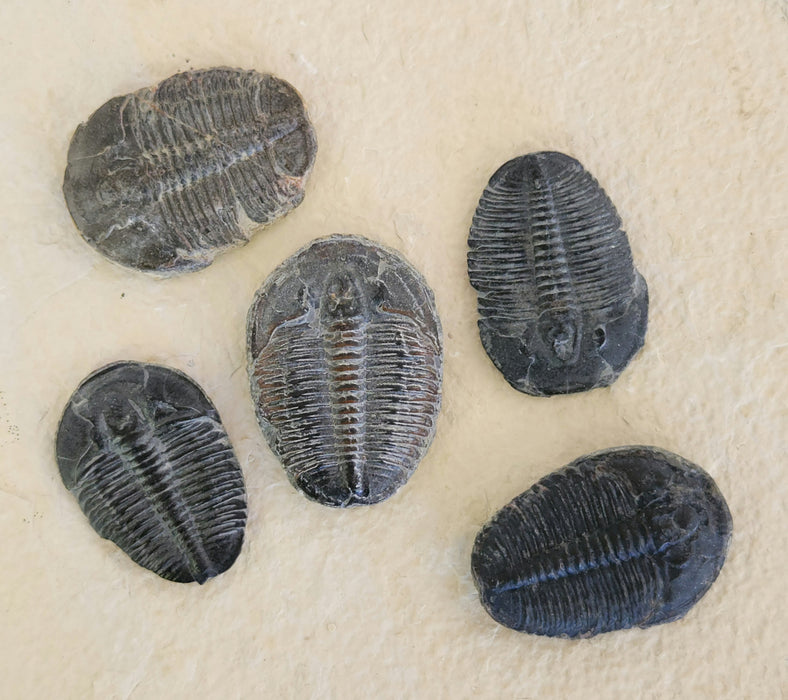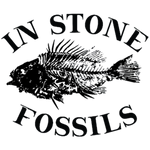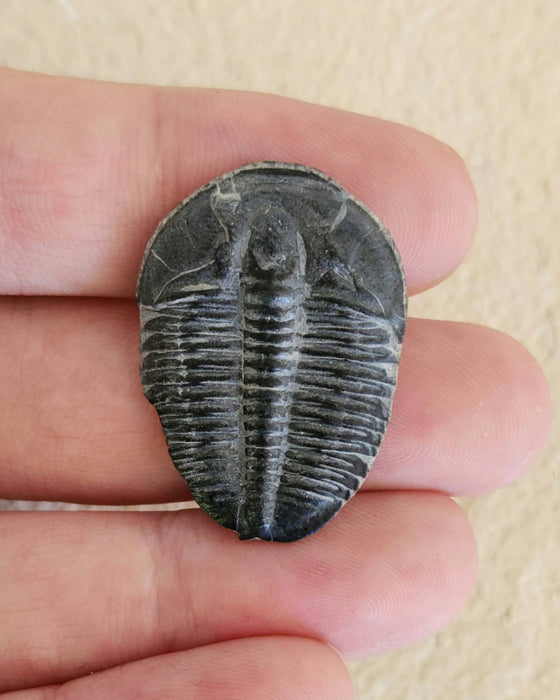
Elrathia kingii Trilobite | Utah
Elrathia kingii
Middle Cambrian (~505 million years ago)
Wheeler Shale
House Range, Millard County, Utah
Receive ONE hand selected trilobite.
Each specimen measures approx. 1.25" x 1".
Elrathia kingii ranks among the most common and widely collected trilobites globally, frequently found in dense groups. Its flattened body and wide pleural lobes indicate a benthic mode of life, likely functioning as a detritivore or deposit feeder that traversed fine sediments. The frequent occurrence of specimens in low-oxygen shale deposits points to an ability to tolerate dysoxic conditions, potentially offering an ecological benefit.
Commonly known as the “classic trilobite,” Elrathia kingii is recognized for its plentiful occurrence, balanced shape, and ease of collection. It is regularly employed in paleontology education to demonstrate trilobite structure, development, and Cambrian marine ecosystems. Its widespread presence also serves as an index fossil for Middle Cambrian geological formations in Utah and neighboring areas.
Measuring generally between 2 and 4 cm, with some specimens reaching up to 6 cm, this trilobite features a smooth, thinly calcified exoskeleton that is flattened from top to bottom. Its broad, semicircular cephalon (head shield) has a clearly defined glabella that narrows toward the front, marked by three pairs of subtle lateral furrows. The eyes are small to moderately sized, crescent-shaped, and located laterally on the fixigena.
The thorax consists of 13 connected segments. The central axial lobe is narrow and distinctly outlined, while the pleural lobes are wide and smoothly curved. The segments exhibit minimal to no spine formation, indicating a streamlined body shape.
The pygidium (tail shield) is large and nearly circular, making up roughly one-third of the total body length. It features a prominent axial lobe with approximately 7 to 8 visible axial rings. The pleural area is fairly smooth, displaying subtle pleural furrows.
The surface ornamentation is predominantly smooth, lacking spines or pronounced tubercles, setting it apart from many other trilobites from the same period.


